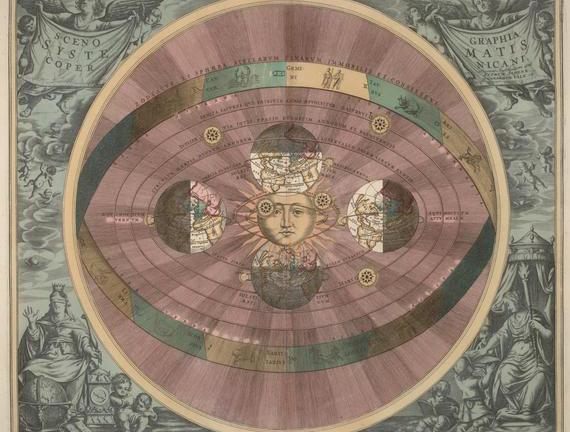The Original Tree
Diamond Member
Actually scientists still cannot prove whether or not we orbit the sun or the sun orbits us.We are rotating and circling the Sun we are not concentric to the Sun.Yes but it rises low on the horizon and archs around from your earths perspectiveThe Sun never rises it stays up all night.That is both the spring and fall equinox.
However , if you live on the equator then it’s 365 days a year
On the poles it’s zero
Most of us see it only twice a year!!
Rest of the year it’s half the time SE or NE depending on the month
Rises is the East and sets in the West is garbage



